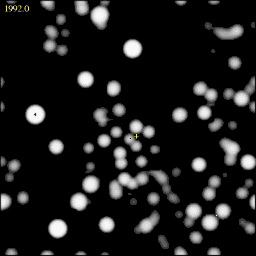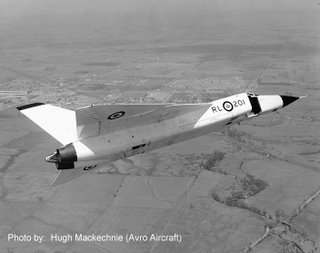NASA Movie Evidence That A Black Hole Centers The Milky Way
Sgr A*: Fast Stars Near the Galactic Center

Explanation: Why are these stars moving so fast? Shown above is a time-lapse movie in infrared light detailing how stars in the central light-year of our Galaxy have moved over the past eight years. The yellow mark at the image center represents the location of a peculiar radio source named Sgr A*. If these fast stars are held to the Galactic Center by gravity, then the central object exerting this gravity must be both compact and massive. Analysis of the stellar motions indicates that over one million times the mass of our Sun is somehow confined to a region less than a fifth of a light-year across. Astronomers interpret these observations as strong evidence that the center of our Galaxy is home to a very massive black hole.
Source: APOD
mh
Labels: Astronomy, Black Holes, Cosmology, Dark Matter, Grand Unified Theory, NASA






 Keep on Blogging!
Keep on Blogging!
